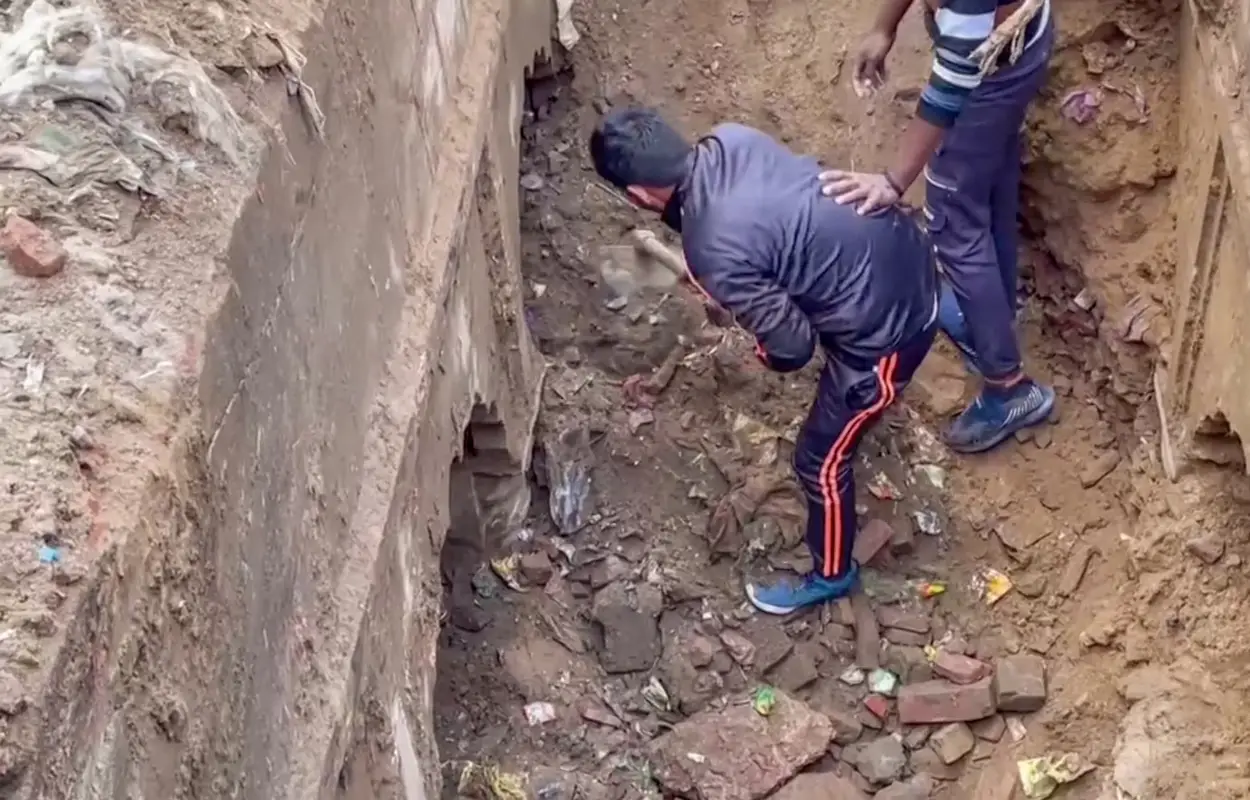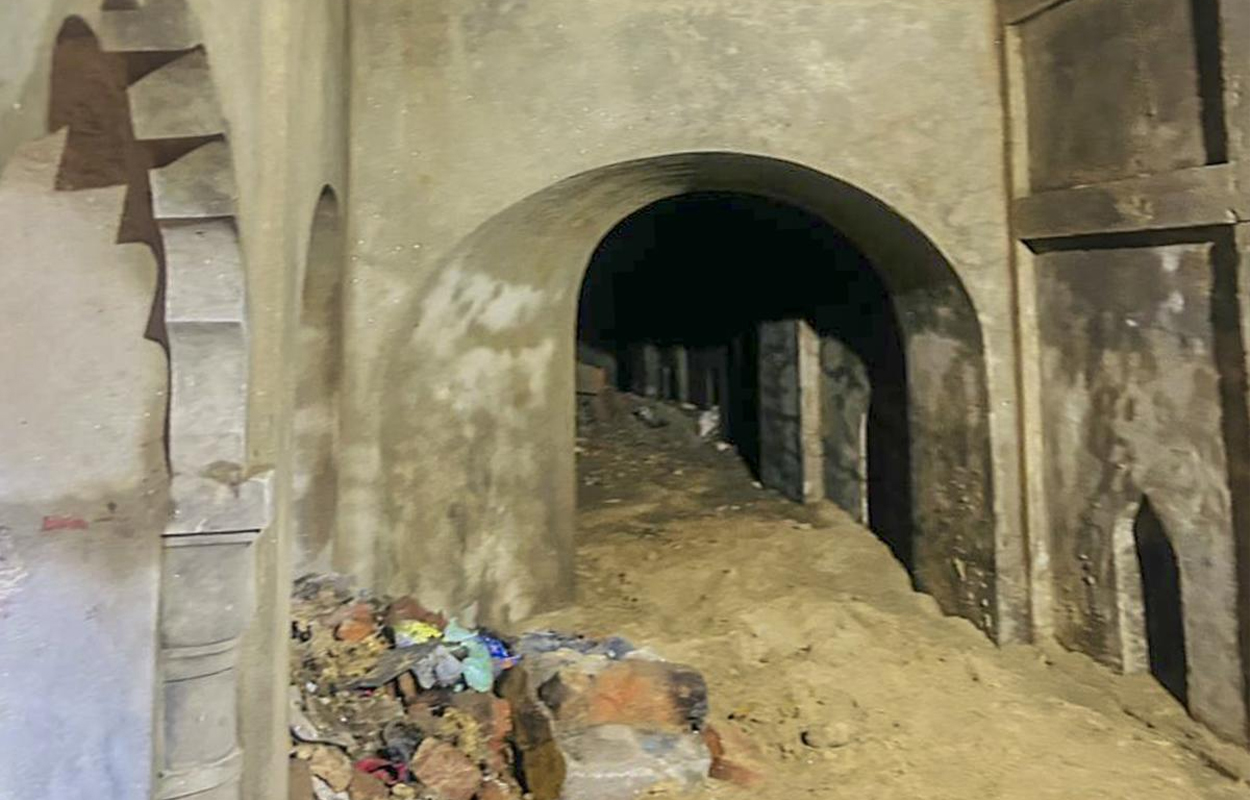Archaeologists have announced the discovery of a 400-square-metre stepwell near the recently discovered Banke Bihari Temple in the Laxman Ganj area of Chandausi, located in the Sambhal district in the state of Uttar Pradesh, India.
Stepwells are wells, cisterns or ponds with a long corridor of steps that descend to the water level. They were mainly built as an extension or part of a temple, or on the outskirts of population centres to serve as storage and irrigation tanks.
There are more than 2800 known stepwell across India, with the most significant examples being found in Rajasthan, Gujarat, Delhi, Madhya Pradesh, Maharashtra, and North Karnataka (Karnataka).
The example in Chandausi was originally recorded as being a pond in state revenue records, which a survey has now concluded is a stepwell constructed around 150-years-ago.

Rajender Pensiya, the Sambhal District Magistrate, told the Hindustan Times: “The well’s upper floor is made of bricks, while the second and third floors are of marble. The structure also features four rooms and a well.”
Around 200 square metres of the site has been excavated, as the underlying architectural elements are located beneath housing that the administration plans to give notice and demolish.
Excavations also found a tunnel that may have served as an escape route during the Indian Rebellion of 1857. The rebellion was a major uprising against the rule of the British East India Company, which functioned as a sovereign power on behalf of the British Crown.
In recent developments, authorities have been approached by Shipra Rani who claims that the stepwell belonged to her family and that she is the youngest granddaughter of the late Princess Surendra Bala. According to Rani, her family once owned the Laxman Ganj area and sold the land to a resident of Badaun district.
Header Image Credit : PTI
Sources : Hindustan Times







